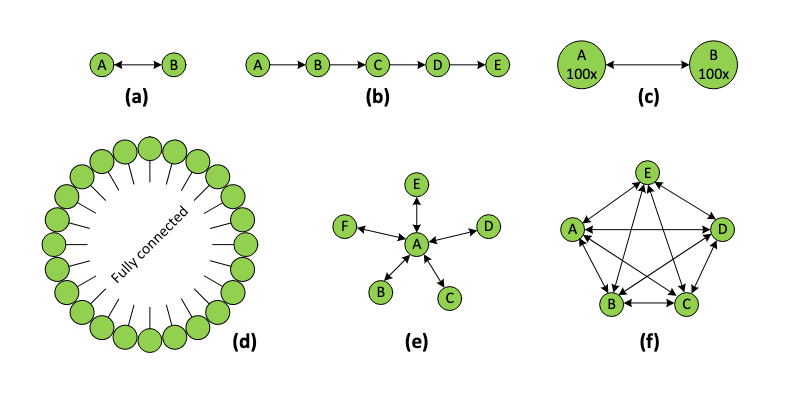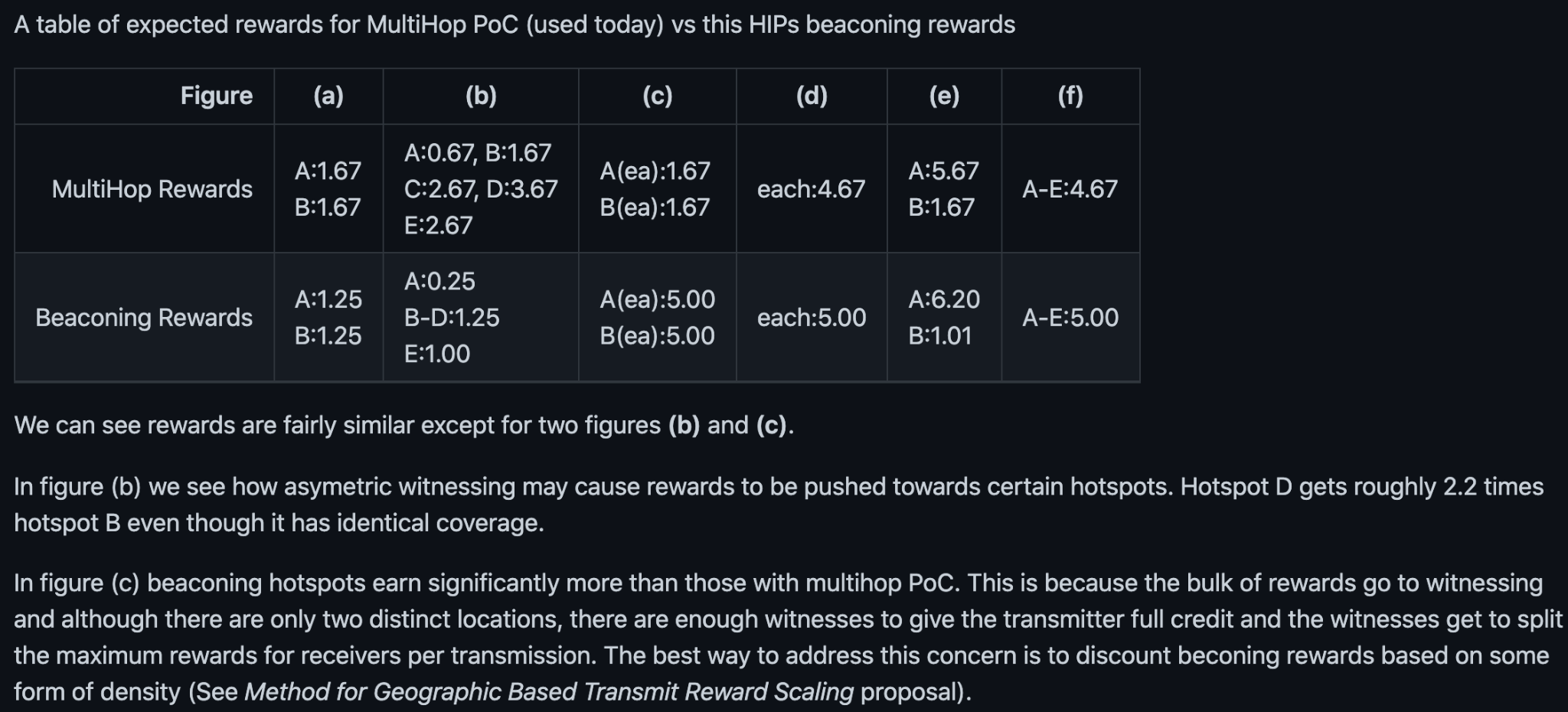What HIP15 and HIP17 Mean for Your Miner Earnings
The Helium project has a community-driven proposal system that can be found on GitHub. When a rough consensus has been achieved in the review committee, a Helium Improvement Proposal (HIP) will be marked as “approved,” and then the code can be merged and deployed.
For those interested in learning more about Helium before they make investments or become more involved in the community, exploring all of the HIPs can be a fruitful exercise.
What is HIP15?
HIP15 deals with a technical change to the proof-of-coverage (PoC) protocol in which the multihop scheme is replaced with beaconing.
What is HIP17?
HIP17 implements hex density reward scaling. This is another modification to PoC, which introduces hex density, providing a more balanced reward model that more closely approximates and encourages network coverage.
Where do these two proposals stand?
To prevent any confusion, it’s important to pause here and state that both HIP 15 and HIP 17 have been released in production for almost a year. You can view the proof of this in chain transaction 50 on Github.
The overwhelming majority of Helium hotspot owners have only known a protocol that has implemented both of these HIPs. These improvements are fundamental to how PoC rewards are generated.
More About HIP 15
The Proof of Coverage algorithm is complicated and hard to get right. The goal, of course, is to actually provide coverage. But also, hotspot hosts must be incentivized to provide this coverage and, to a degree, optimize it. Moreover, bad actors must be penalized and exploits or shortcuts at the expense of fair earnings should be limited.
The implementation that was replaced was known as “Multihop.” In this approach, coverage was proven via complex paths of hops between multiple nodes, a.k.a. hotspots. This heavily favored transmitters at the expense of receivers. It was a more complicated scheme that involved larger payloads (more data for essentially the same thing) and was actually less reliable, since the failure of one node in the hop scheme could cause problems. Both of these things together guaranteed more CPU cycles being spent on dealing with this overhead.
Beaconing simplified this by making it so that there was never an intended target for the issuance of challenges. Each hotspot within range could witness a transmission, effectively forming a multi-witness single-hop coverage scheme. The reward scheme would be adjusted, significantly, but in a way such that many hosts would be rewarded for great placement and reliable uptime.
The topology of the Helium network varies greatly from one location to the next. To help push this proposal forward, the author included tests with widely different topologies. These helped demonstrate the differences and similarities (making certain assumptions about the reward scale).


Though the implementation was difficult, HIP 15 was a pivotal improvement to the Helium network.
More About HIP 17
HIP15 and 17 were two peas in a pod proposed by Carniverous19. HIP15 dealt with the algorithm or protocol for proving coverage where HIP17 suggested a change to the rewarding scheme. HIP17 penalizes oversaturation of areas and disincentivizes users hosting multiple hotspots in the same general vicinity.
This change encourages optimal density by decreasing rewards when hotspots are placed near each other. In practice, it makes little sense that a dense area such as San Francisco should offer the same reward rate to all new hotspots. The area is already saturated. With the hex tile approach, as more hotspots are brought online in those hex tiles, you can expect them to fall somewhere in between generating additional equivalent rewards and splitting the already-existing rewards.
Though we now take these hex tiles for granted, the original map created by Carniverous can still be viewed on GitHub.
The hex density and saturation penalties are now regarded as changes that are fundamental to the Helium network. Speaking to how they level the playing field, it’s worthwhile to note that the changes have existed in production for less than a year.
Conclusion
These proposals were both crucial to the Helium Network. These were major changes that greatly benefitted and made possible the explosion in Helium hotspots deployed -– there are now over 150,000!






